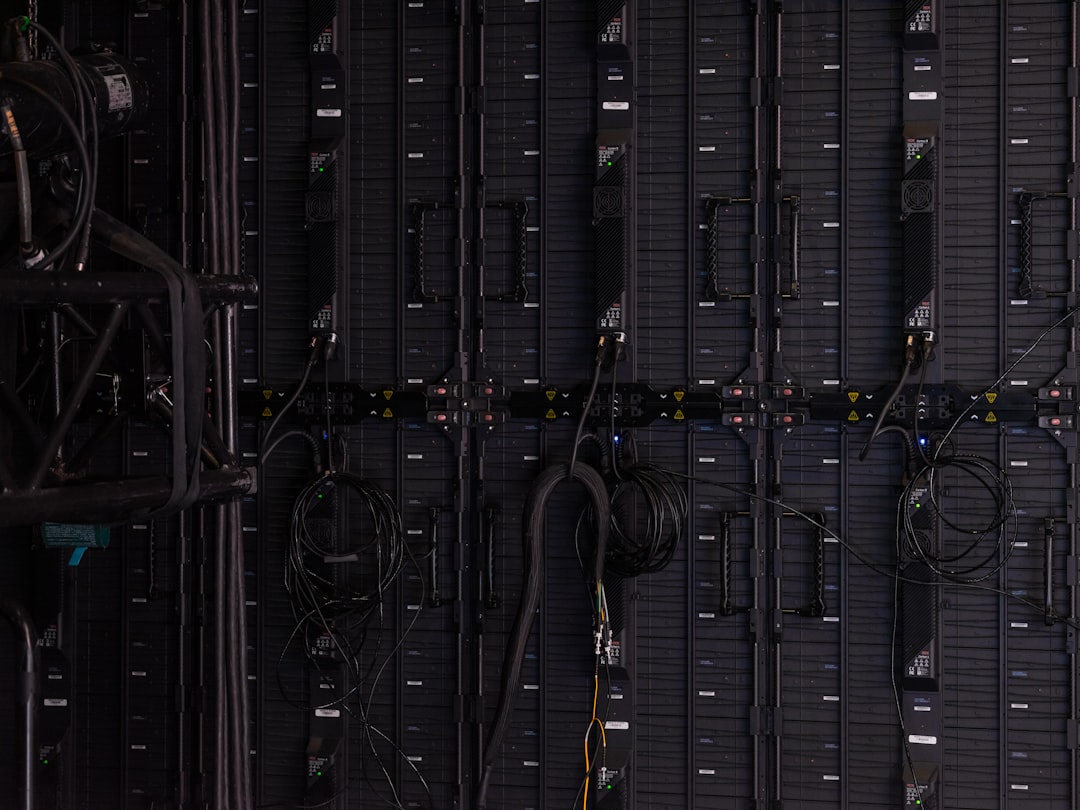When companies rely on digital infrastructure to power their operations, uptime becomes one of the most critical metrics to evaluate. Managed colocation services offer businesses shared, professionally maintained data center facilities where they can host their servers. These services are not only convenient but are also accompanied by uptime guarantees that ensure business continuity. But what exactly are these guarantees, and why should organizations pay close attention to them?

At the heart of uptime promises is the Service Level Agreement (SLA) between a company and its managed colocation provider. These SLAs outline the expected availability of services, typically expressed as a percentage. Understanding these guarantees is essential when comparing data center providers and planning for long-term IT stability.
Common Uptime Guarantees
Most reputable managed colocation providers promise uptime levels that range between 99.9% and 100%. This terminology may seem like minor variations, but the differences in downtime allowed are significant:
- 99.9% uptime – Allows for up to roughly 8.76 hours of downtime per year.
- 99.99% uptime – Permits around 52 minutes of downtime annually.
- 99.999% uptime – Known as “five nines,” this allows for only about 5 minutes of downtime per year.
These numbers reflect the reliability of the data center infrastructure, including power, cooling, connectivity, and physical security systems. When evaluating a managed colocation provider, organizations must understand that higher uptime guarantees often come with a higher cost, but provide an added layer of dependability essential for mission-critical systems.
What Supports These Uptime Guarantees?
To meet their uptime commitments, managed colocation providers invest in several high-availability systems and processes:
- Redundant Power Supply – Most facilities are equipped with dual power feeds, backup generators, and Uninterruptible Power Supplies (UPS).
- Robust Network Connectivity – Multiple ISPs and redundant network routes ensure reliable connectivity.
- Advanced Cooling Systems – Proper temperature and humidity controls reduce the risk of hardware failure.
- 24/7 Monitoring and Support – Constant surveillance guarantees rapid response to anomalies.
- Disaster Recovery Protocols – Plans and physical measures are in place to maintain operations during natural disasters or cyberattacks.
Together, these components form the basis of a data center’s high-availability architecture, allowing it to stay online without interruptions even under unfavorable conditions.
What Happens When Uptime Guarantees Are Not Met?
No system is perfect. Even when providers pledge incredible uptime rates, outages can still occur. That’s where the SLA becomes legally significant. Most contracts will include financial remedies, such as:
- Service Credits – These offer discounts or refunds for downtime exceeding agreed-upon limits.
- Penalty Clauses – In some cases, clients may receive additional compensation for prolonged outages.
While monetary compensation helps, it rarely covers the full cost of a service interruption—such as data loss, reputational damage, or lost revenue. That’s why many businesses supplement colocation uptime SLAs with their own business continuity and disaster recovery plans.

Tier Ratings and Their Impact on Uptime
Another factor influencing uptime guarantees is the Tier rating of the data center, as defined by the Uptime Institute. These Tiers range from I to IV:
- Tier I – Basic capacity; expected uptime of 99.671%
- Tier II – Redundant systems; expected uptime of 99.741%
- Tier III – Concurrent maintainability; expected uptime of 99.982%
- Tier IV – Fault-tolerant infrastructure; expected uptime of 99.995%
Companies seeking the highest level of reliability should consider Tier III or Tier IV data centers, where downtime is a rare occurrence and operational continuity is a core objective.
How to Evaluate a Provider’s Uptime Claims
Not all uptime promises are created equal. To evaluate the legitimacy of a provider’s claims, organizations should:
- Request historical uptime data and incident reports.
- Examine the exact SLA terms and conditions for exclusions and limitations.
- Identify any third-party certifications (such as SSAE 18, ISO 27001) that validate operational integrity.
- Understand failover and backup systems in place.
Thorough scrutiny of these areas will help an organization make informed decisions that align with its risk tolerance and operational needs.
In conclusion, uptime guarantees in managed colocation services are more than just marketing tools—they are binding commitments that ensure service availability and performance. Choosing a provider that aligns with your technical requirements and risk management strategies can significantly reduce vulnerabilities and enhance business resilience.











